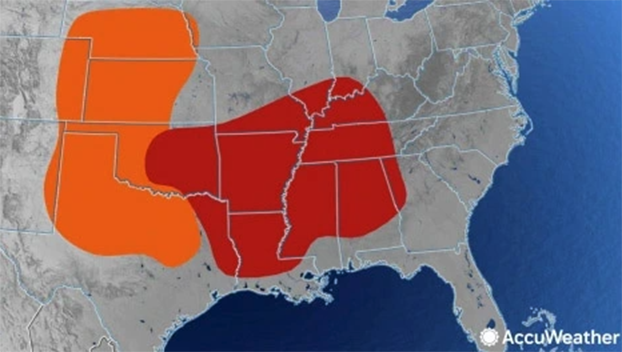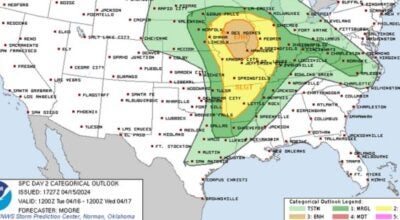Alabama meteorologist: Tornado alley shifting eastward, covering more of state
Published 11:07 am Friday, May 6, 2022
A group of meteorologists determined an area in the mid-west was more prone to tornado activity than other parts of the country. Since the early 1950s, Texas and Oklahoma have been the center of higher-than-average tornadic events.
However, that area is seeing a decline in severe weather with the area considered “Tornado Alley” shifting eastward to include a large portion of Alabama.
Over the past several weeks, our area has seen an increased amount of tornadic activity which has been documented and reported on by local meteorologist Spinks Megginson through RedZone Weather.
Megginson has been watching the shift over the past several years and produced a video of his findings while he was as student at the University of Alabama.
Megginson said the shift hasn’t been sudden, but the changes will have an impact on the area going forward.
“It is a really fascinating topic,” Megginson said. “Some folks would point to climate change as one of the drivers of this tornado frequency change. Others point to natural, long-term climate variability as a driver of this increased frequency of severe storms.”
Regardless of the reason, Alabamians have reason to be on guard.
With powerful tornadoes decimating areas in the Midwest and the southeastern U.S. over the past 20 years, there now may be a reason to believe that Tornado Alley has shifted east.
According to Jonathan Porter, chief meterologist with AccuWeather, the evidence is clear showing the Southeast in the main area of the newly-named ‘Alley.’
“When you look at the trends in where tornadoes have occurred in recent years, it’s very clear that there have been more tornadoes farther south and farther east away from what people have typically known as the Tornado Alley across the Plains,” Porter said.
AccuWeather Lead Long-Range Meteorologist Paul Pastelok attributed tornadoes becoming more frequent to the east of Tornado Alley due to the lack of moisture in the original targeted area, which can be traced back to the 20-year mega-drought gripping much of the Southwest.
“You’re going to see higher pressure aloft over the Southwest, and that will bring drier air into the Plains and force the storm track and the worst of the tornadoes to develop farther east into the Mississippi and Tennessee Valley,” Pastelok said. “You’re going to need to break that drought to get more consistent action going on in Tornado Alley.”
Along with the decreased amount of moisture across the Plains states, Porter noted, the warmer water in the Gulf of Mexico has increased the moisture in the atmosphere in the Mississippi and Tennessee river valleys.
“I think that’s been a contributing factor as to why we’re seeing a higher frequency of tornadoes farther east,” Porter said.





